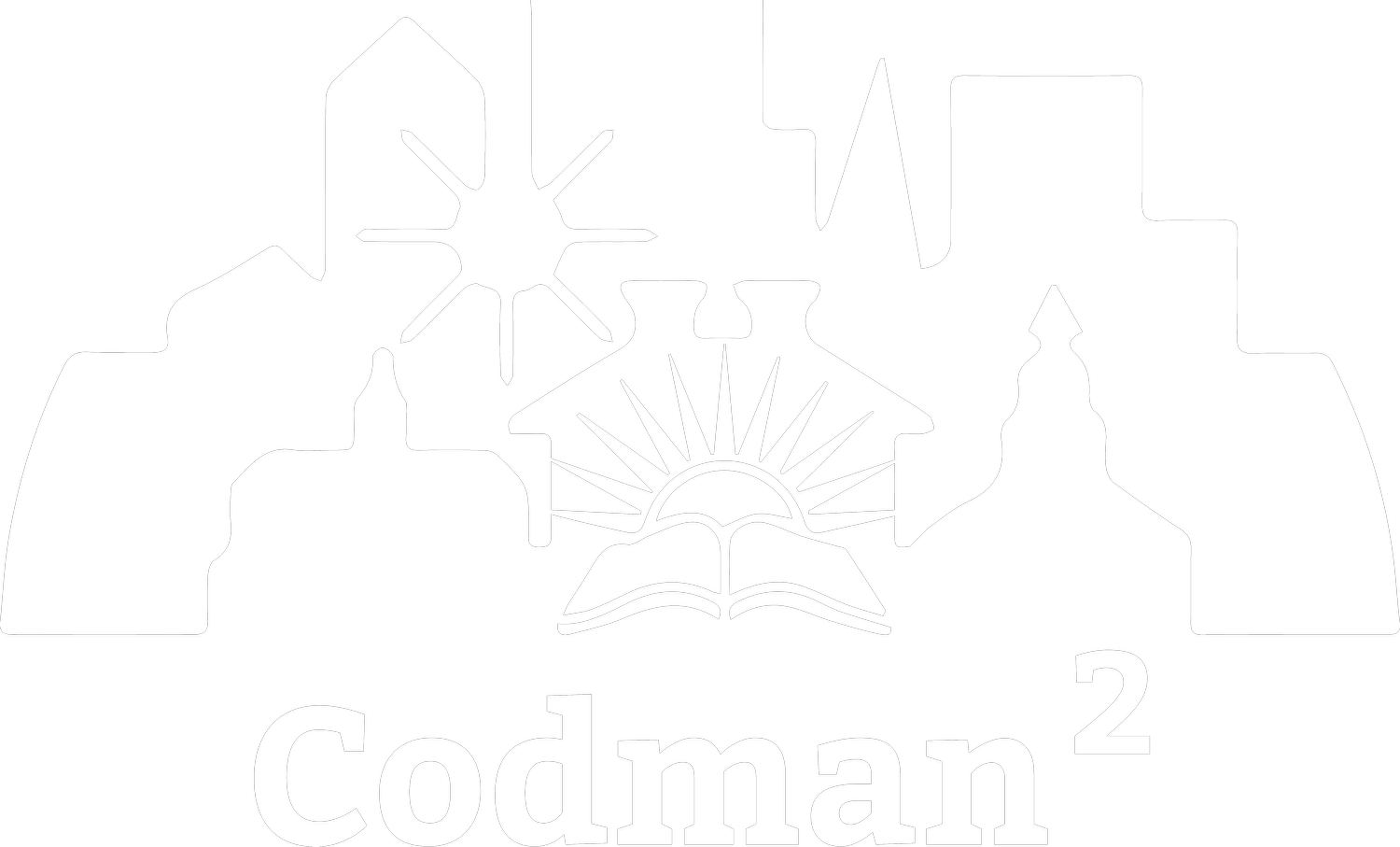By: Pierson White, Ashley Valbrun, Sade Woods, Tyrone Garvin, Amber Taste-Suite
As defined by the U.S. Department of Health and Human Services, “Asthma is a chronic inflammatory disorder of the airways.” Plaguing 300 million people in the world, with 6.2 million of those being children under the age of 18, as reported by the Center for Disease Control, asthma is one of the most prevalent illnesses faced But before delving into the core of the issue, we must understand what asthma itself is.
Asthma causes your airways to swell and become irritated, causing chest tightness, wheezing, coughing, etc. Your muscles then wrap around your airways making it hard to breathe that causes an asthma episode, or “asthma attack” as most people know it. This the most dangerous long term effect. These effects on the body can affect you in participating in sports and other activities. If asthma is left untreated, your lungs and airways become more constricted and can cause you to eventually lose lung function, that could lead to heart disease and serious respiratory problems. However, the real problem is not a lack of treatment, but instead, inaccessibility to the medications themselves.
There are a number of different medicines to treat asthma, such as Singulair and Montelukast. Commonly used in inhalers, these drugs reduce swelling in the lungs and loosen the muscles around the airways, opening up the patients’ airways. However, paying for these medications is where the trouble begins. According to University of Texas Medical Branch at Galveston, “Use of an inhaler can cost $200 to $300 a month. An emergency room visit for an asthma episode can total $3,500.” This is especially detrimental to children, who, according to University of Colorado Department of Clinical Pharmacy, have to pay around $847 more than the average child would have to pay for treatments, making up a staggering $5.92 billion of the asthma pharmaceutical industry. It is these high costs that prevent equal and universal treatment for those with asthma.
In particular, these expensive prescriptions specifically harm more impoverished communities. A study conducted by Regis University School of Pharmacy in Denver, Colorado found that children with asthma residing in poor urban neighborhoods had lower odds of using controller medications. As researchers explained, “Poor urban residence may be independently associated with asthma control and treatment even after controlling for individual characteristics such as race and ethnicity. Future research is needed to understand the sources of these geographic health disparities to more successfully target public health interventions.” Studies like this prove that being in a poor urban neighborhood severely limits the access children have to asthma treatments.
There are many problems that people with asthma have to deal with. While we would like to address the problem at its core, which is the expensive treatments, we believe that, without extensive reform by the government, it is difficult to combat. So instead, we’ve decided to outline a couple of ways that those currently with asthma can take care of themselves. These are the solutions that we believe will help people with asthma.
1) Follow your asthma action plan
2) Get vaccinated for influenza and pneumonia
3) Identify and avoid asthma trigger
4) Monitor your breathing
5) Take your medication as prescribed
6) Pay attention to increasing quick-relief inhaler use
While we may not be able to solve the problem completely, we hope that the steps we’ve laid out here can help those with asthma live healthy and safe lives.
